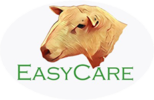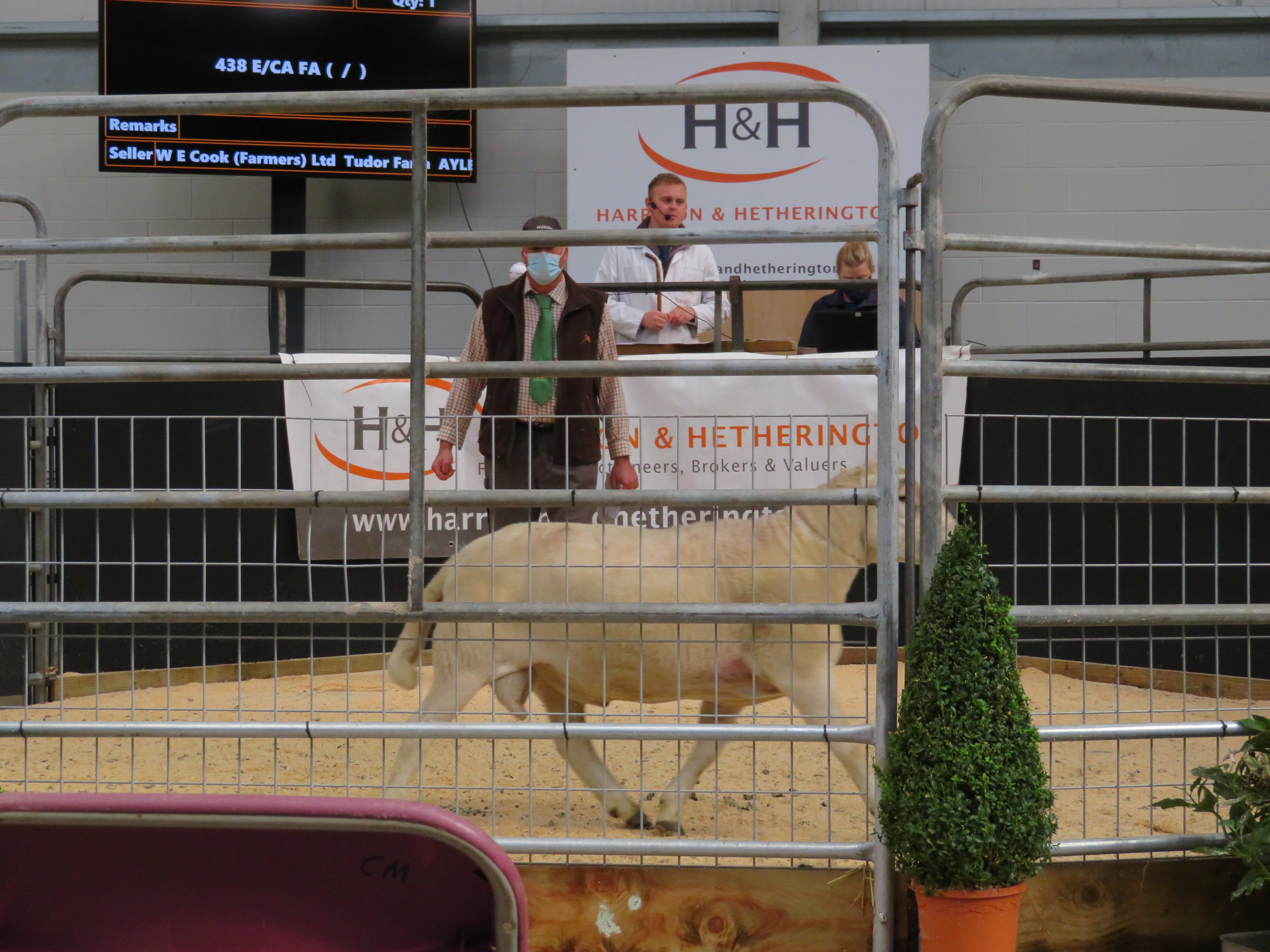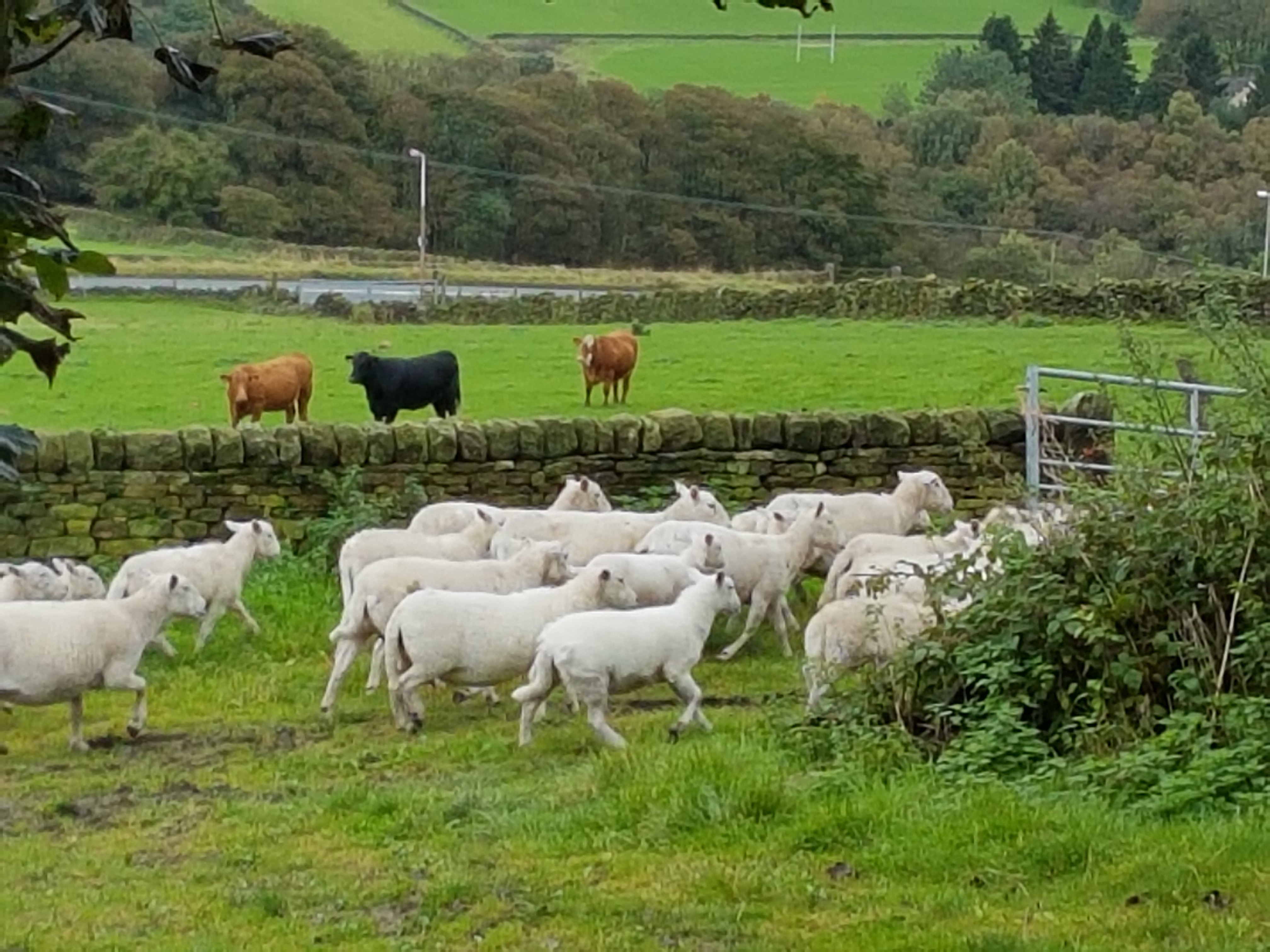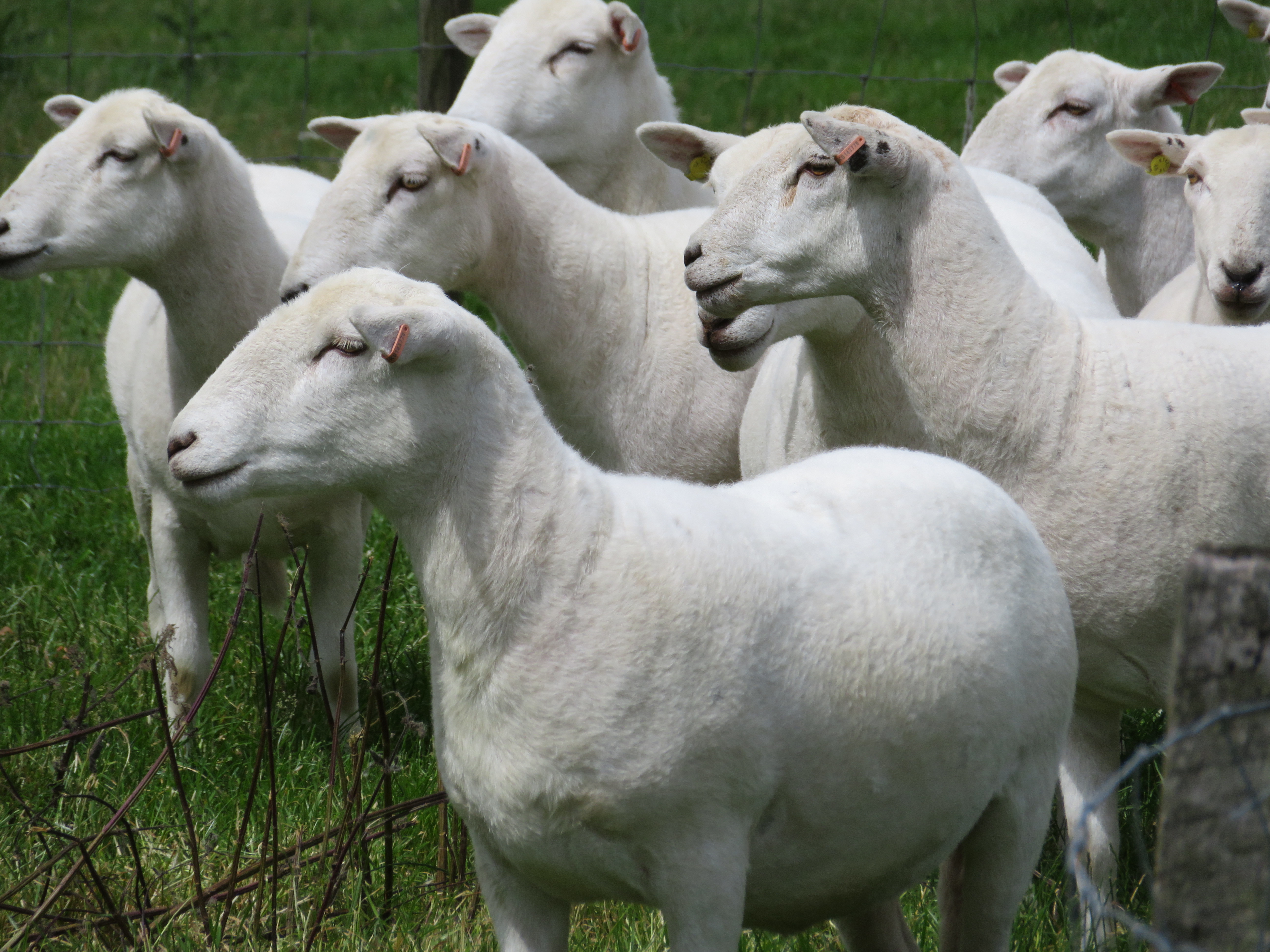The myostatin gene in the EasyCare Breed
The myostatin gene in sheep denotes an increase in lean meat percentage and a reduction in fat content.
First discovered by scientists in Australia, the gene is most prevalent in the Texel breed, but luckily the EasyCare breed to some extent, also carries it.
When individual animals are tested for the gene, the results from the laboratory will signify a negative, a single copy myostatin denoted by a T+ or a Twin copy denoted as a T+T+, which could be described in conversation as being a Myomax Gold carrier. Gold is a double gene carrier. A single carrier is often referred to a Myomax Silver. This is a single copy carrier. No gene present will be denoted as wildtype. The report can also say carrier which means the animal has one copy of the gene.
Breeders who need to improve their carcass grades in pure bred EasyCare sheep will find that by using a ram with a single copy myostatin, 50% of the progeny will produce some 5% extra lean meat.
Those however, who use a ram with a twin myostatin copy will expect two advantages within their flock. Firstly, all progeny will possess an extra 10% lean meat and 7% less fat content which means of course that lambs can be taken to extra weights before being penalised for being over fat.
The second advantage to using a double myostatin ram is that all of his progeny will carry at least one copy of the gene. This is of course a simple but effective way of introducing the myostatin gene to all replacement stock.
By persisting with a double copy ram, all the flock will carry the gene within four or five years.
It is worth emphasising that there are no disadvantages to introducing the myostatin gene. Any fear of lambing difficulties can't be ignored, this is one element which we must retain at all costs but science shows the presence of the gene has no effect on lambing ease.
One thing that is worth pointing out is that there is no connection between a myostatin carrier and growth rate and therefore it is a wise move to test only lambs which you feel are above average weights at testing time.
Only test rams without horns and who are fully fleece shedding, have sound legs, good jaws and teeth and good feet. A bad sheep is a bad sheep regardless of whether is carries a double copy of the gene or not.
It goes without saying that it is absolutely vital that there is no cross contamination of blood samples as that will render the whole test a waste of time. Gloves must be used, new ones with each animal. You can take nose swab samples to get the necessary fluid to test for the gene. You must get plenty of 'snot' on the swab.
It is worth repeating that there are no negative effects to the gene and that you can proceed with confidence of a positive outcome for carcass improvement. The percentage of O grades will decrease significantly and R3Ls with some U's will dominate the grading sheets.
If you are considering testing for myostatin it is good practice to also include request for a scrapie test as well. It is desirable to get as many ARR/ARR tested rams into the breeding population.
All test results must be shown to the purchaser prior to sale and must go with the animal when sold.
By Huw Thomas [edited and updated by Louise Hobson] UPDATED JUNE 2023
NEOGEN in Ayr can be used to test the samples. Ring 01292 525600 and ask them to email you an EASYCARE SHEEP recording form and nose swab kits. You pay over the phone. 20 kits cost circa £52 with VAT. Each is wrapped individually and has its own code to place alongside the ear tag number.
IT IS ESSENTIAL YOU COLLECT ENOUGH BODY FLUID ON EACH SWAB TO GET BOTH THE MYOSTATIN AND SCRAPIE TEST DONE WITH EACH TEST.
EASYCARE SHEEP SUBMISSION FORM FOR MYOSTATIN AND SCRAPIE TESTING AT NEOGEN





